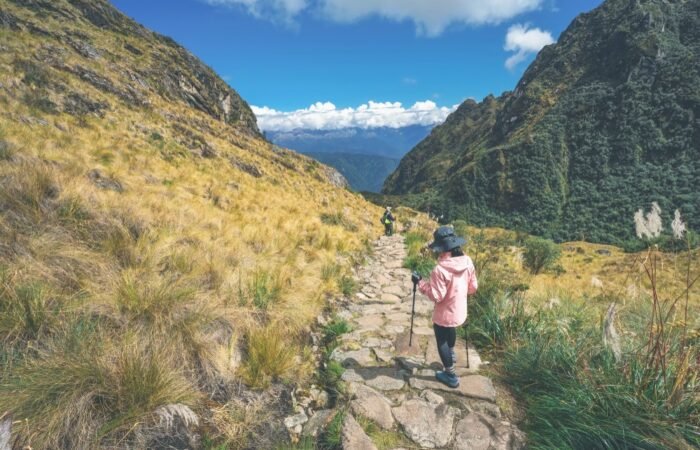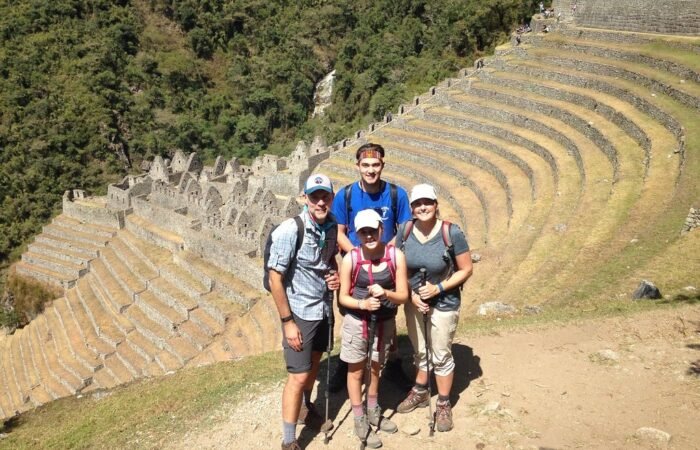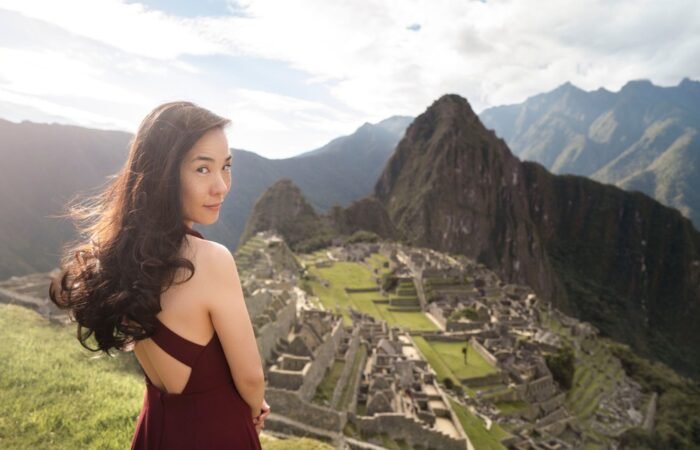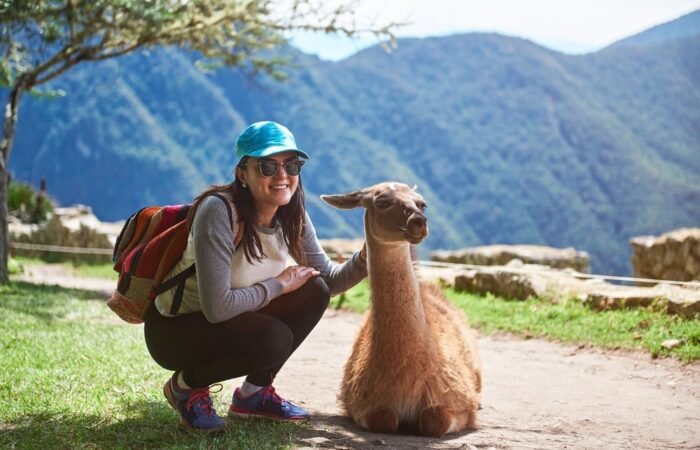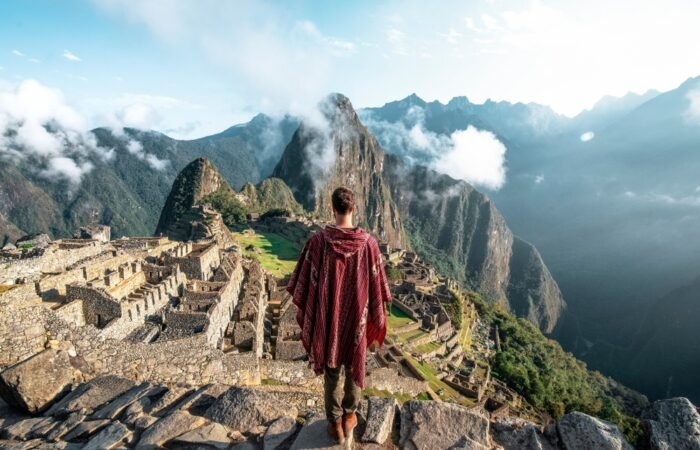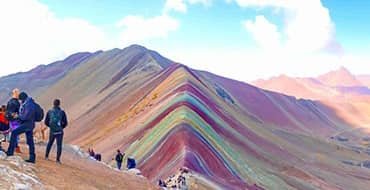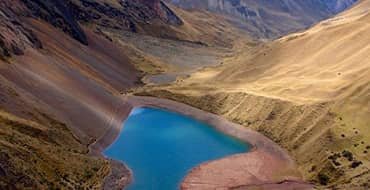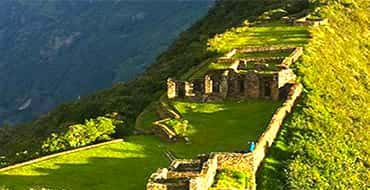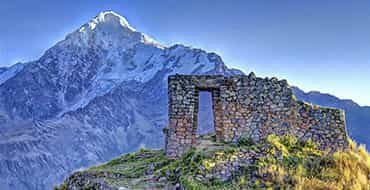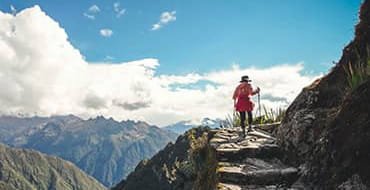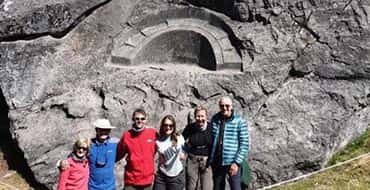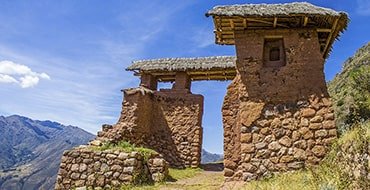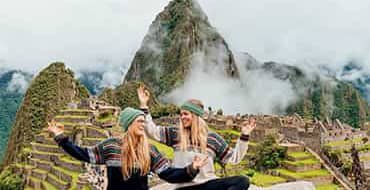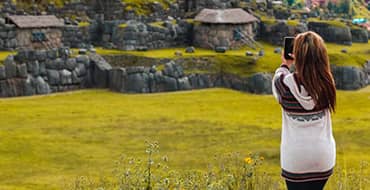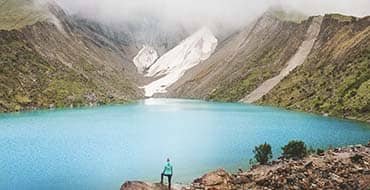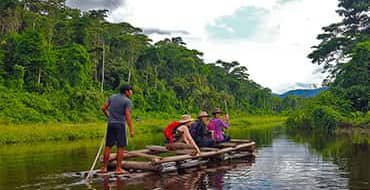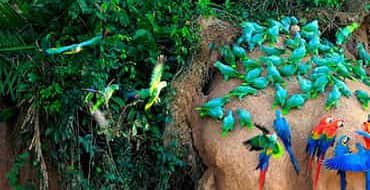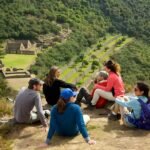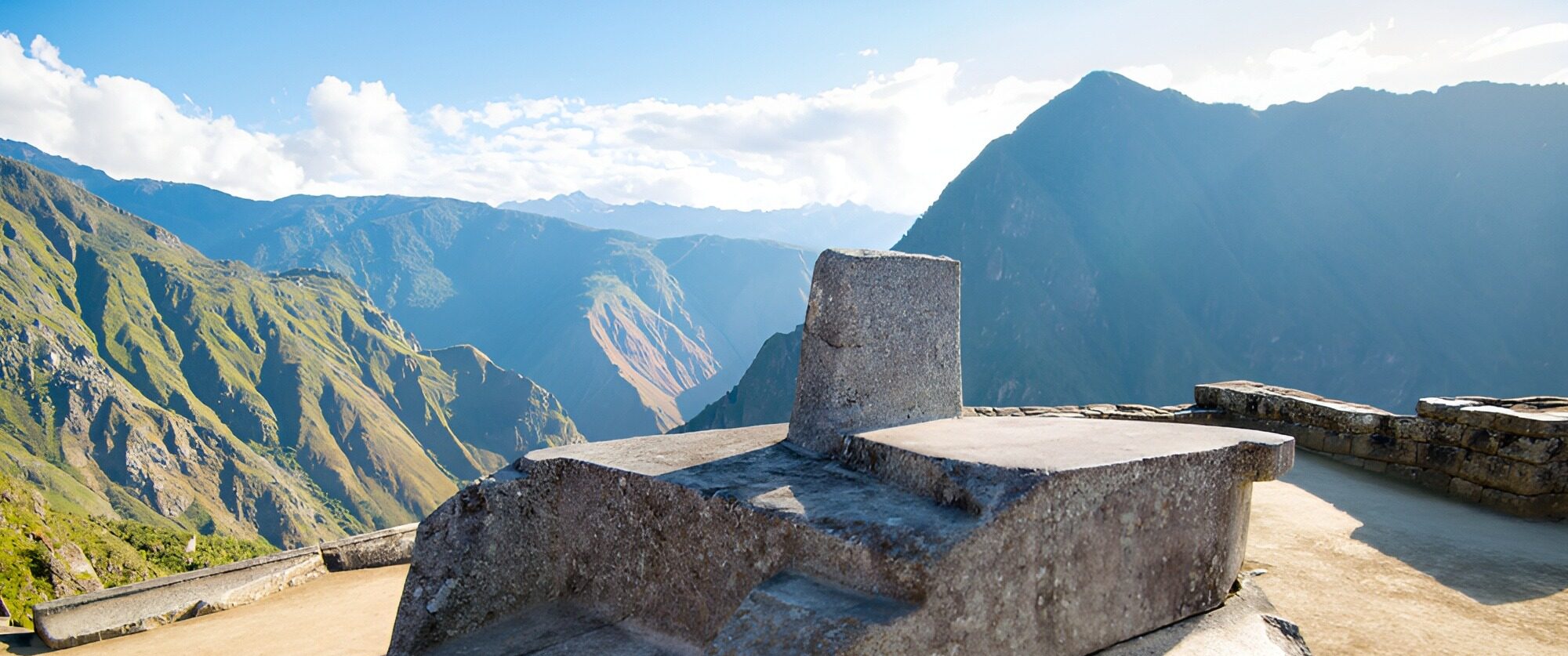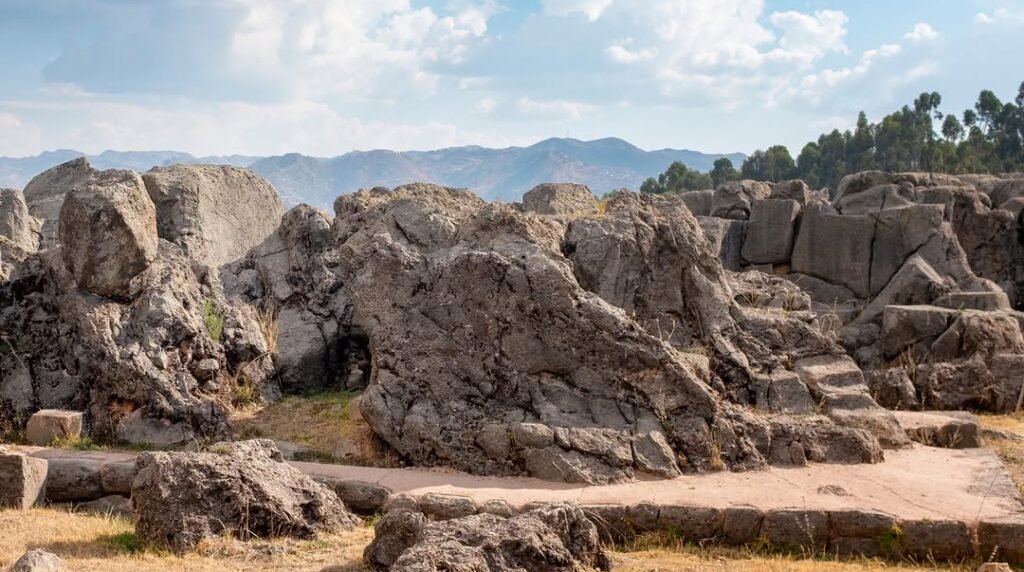
Introduction to Qenqo
Qenqo, a captivating archaeological site, is situated in the heart of the Andes mountains near Cusco, Peru. This remarkable location holds substantial historical significance, primarily serving as a ceremonial center for the Inca civilization, which thrived from the early 15th century until the Spanish conquest in the 16th century. The importance of Qenqo lies not only in its exquisite stonework and unique geographical setting but also in its role as a focal point for spiritual practices and rituals integral to Inca society.
Geographically, Qenqo is perched at an altitude of approximately 3,600 meters, surrounded by a stunning landscape characterized by rugged mountains and lush valleys. This elevation offers breathtaking views and an environment that is intrinsically linked to the natural world, a vital aspect of Andean spiritual beliefs. The site is easily accessible from Cusco, making it a significant location for those seeking to connect with Inca heritage and spirituality.
Culturally, Qenqo embodies the Inca’s profound relationship with the cosmos, nature, and the animal world. The site features an impressive array of carved stonework, which includes altars, niches, and ceremonial platforms that likely played a vital role in the rituals conducted by priests and spiritual leaders. Evidence suggests that Qenqo was chiefly used for the worship of Pachamama (Mother Earth) and Inti (the Sun God), reflecting the Andean people’s reverence for natural elements and deities. Such spiritual practices underscored the Inca’s understanding of their place within the universe, further emphasizing Qenqo’s significance as a ritual center in the Andes.


Historical Context of Qenqo
Qenqo, located near the Sacred Valley of the Incas in Peru, serves as a significant archaeological site that offers insight into the historical timeline of the Inca civilization. Believed to have been constructed in the late 15th century, Qenqo reflects the architectural prowess of the Incas, showcasing expertly carved rock formations, terraces, and ceremonial spaces. The site is thought to have been utilized for various rituals, particularly those associated with the worship of Pachamama, or Mother Earth. This aligns with the Inca’s spiritual beliefs that emphasized the interconnection between nature and the divine.
Archaeological findings at Qenqo reveal a complex system of channels and watercourses, indicating that the Incas had a profound understanding of hydraulic engineering. These elements were likely used during ceremonies to facilitate the flow of water, symbolizing fertility and agricultural abundance. Additionally, pottery fragments and other artifacts discovered in the area provide evidence of daily life, trade, and the sociopolitical structure that underpinned the Inca Empire. Historical texts, such as those by early Spanish chroniclers, have further documented the rituals performed at Qenqo, emphasizing its importance in the broader context of Inca spirituality and cultural practices.
Throughout the rise and decline of the Inca Empire, Qenqo maintained its significance as a ritual center. During the peak of Inca power in the early 16th century, the site was an integral location for ceremonies that reinforced the political and religious authority of the Sapa Inca. However, following the Spanish conquest and the subsequent decline of the Inca civilization, many of the traditional practices associated with Qenqo diminished. Despite this, the site remains a testament to the ingenuity of the Inca people and continues to attract scholars and tourists alike, fostering a deeper understanding of their rich cultural heritage.

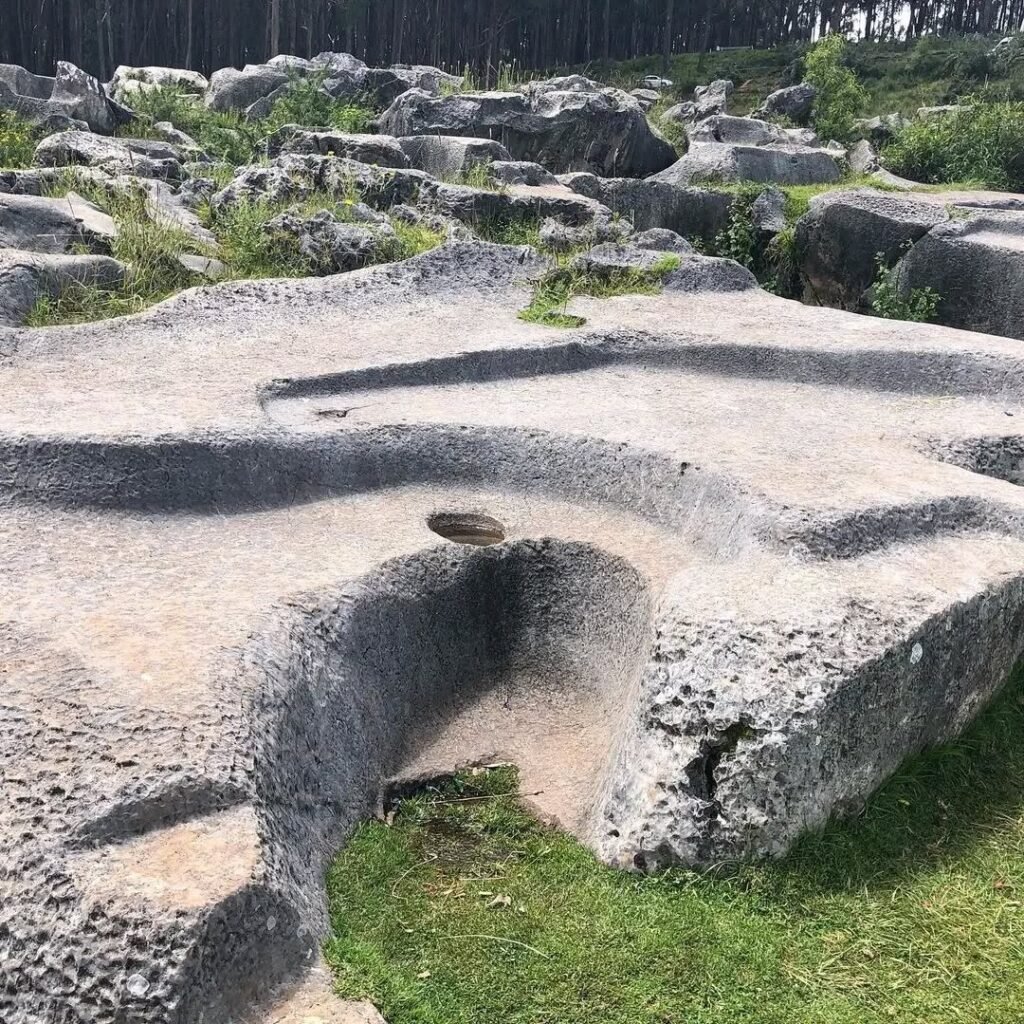
Architecture and Structure of Qenqo
The architectural features of Qenqo, a prominent ritual center in the Andes, demonstrate a harmonious integration of natural rock formations and human ingenuity. This site is renowned for its complex series of chambers and rock-cut structures, which reflect a deep reverence for both the environment and the spiritual beliefs of the society that constructed it. Dominating the landscape are the massive limestone rocks, meticulously shaped by both natural erosive forces and deliberate carving. These formations are not merely aesthetic; they hold significant cultural and spiritual symbolism for the Andean people.
One of the most striking aspects of Qenqo’s architecture is its intricate stone carvings. The expertly hewn sculptures depict various zoomorphic and anthropomorphic figures, thought to represent deities and mythological creatures significant to Andean cosmology. The choice of motifs illustrates the synthesis of religious beliefs and daily life, offering insight into the values and rituals that defined this civilization. Each carving serves as a testament to the skill and artistry of the craftsmen, and they collectively form a narrative that communicates the beliefs of the people who once worshipped here.
The internal layout of Qenqo consists of a series of interconnected chambers, each with unique functions tied to religious practices. The primary chamber, often described as the ‘main altar,’ is believed to have been a focal point for ceremonies. Its design allows for the natural light to filter in during solstices, further emphasizing its importance on key ceremonial dates. Adjacent rooms showcase niches and benches, where offerings and rituals may have taken place. The thoughtful arrangement of these spaces reflects a deliberate intention for both functionality and spiritual experience. These architectural elements position Qenqo not just as a place of worship but as a definitive expression of the Andean worldview, encapsulating both a physical and metaphysical journey into the cosmos.

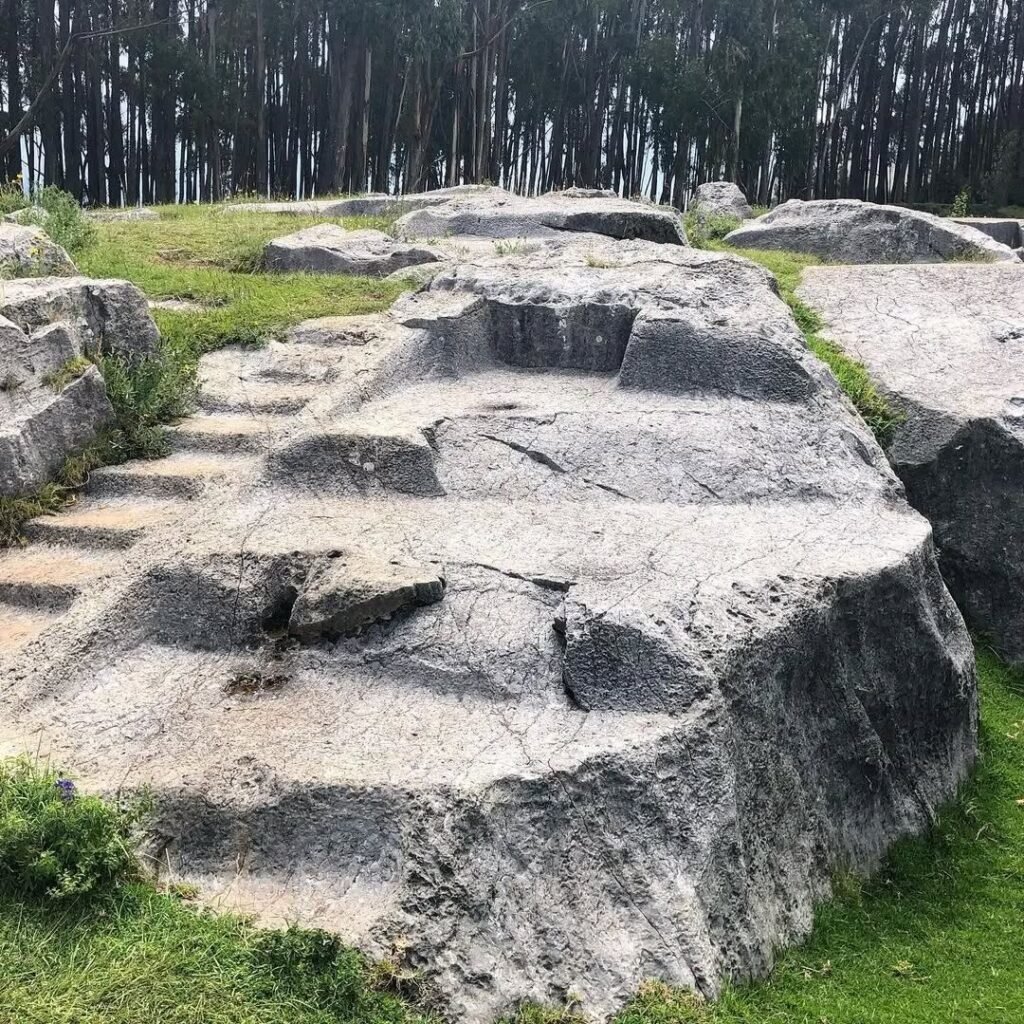
Rituals and Ceremonies Conducted at Qenqo
The ritual center of Qenqo, situated in the Andes, is rich in cultural significance stemming from its diverse array of ceremonies and rituals. These practices were integral to the lives of the Inca civilization, serving both religious and communal purposes. One of the most remarkable aspects of Qenqo is its dedication to various deities, where offerings were made as a sign of respect and veneration. These offerings often included food items, textiles, and even animal sacrifices, highlighting the connection between the community and their reverence for the natural and spiritual worlds.
Aside from offerings to deities, Qenqo also functioned as a site for agricultural ceremonies. These rituals were performed to invoke good harvests and ensure the fertility of the land. Agricultural ceremonies would typically coincide with certain seasonal changes, aligning with the agricultural calendar of the Andean people. By invoking the spirits of the earth and sky during these events, the community sought to establish harmony with their environment, crucial for their survival and prosperity. Such rituals served not only as religious expressions but also as communal gatherings that reinforced social ties among participants.
Moreover, ancestral worship played a significant role at Qenqo. The Inca believed that their ancestors had the power to influence the living, and thus, ceremonies honoring them were regularly conducted. These practices often involved rituals aimed at communing with ancestral spirits to seek guidance and blessings. The cultural significance of these ancestral connections is deeply woven into the identity of the Inca lineage. Rituals at Qenqo, whether for deities or ancestors, reflect the Inca civilization’s comprehensive understanding of the cosmos and their place within it. Thus, the ceremonies undertaken at Qenqo encapsulated the spiritual and social framework that sustained the Andean communities through centuries.
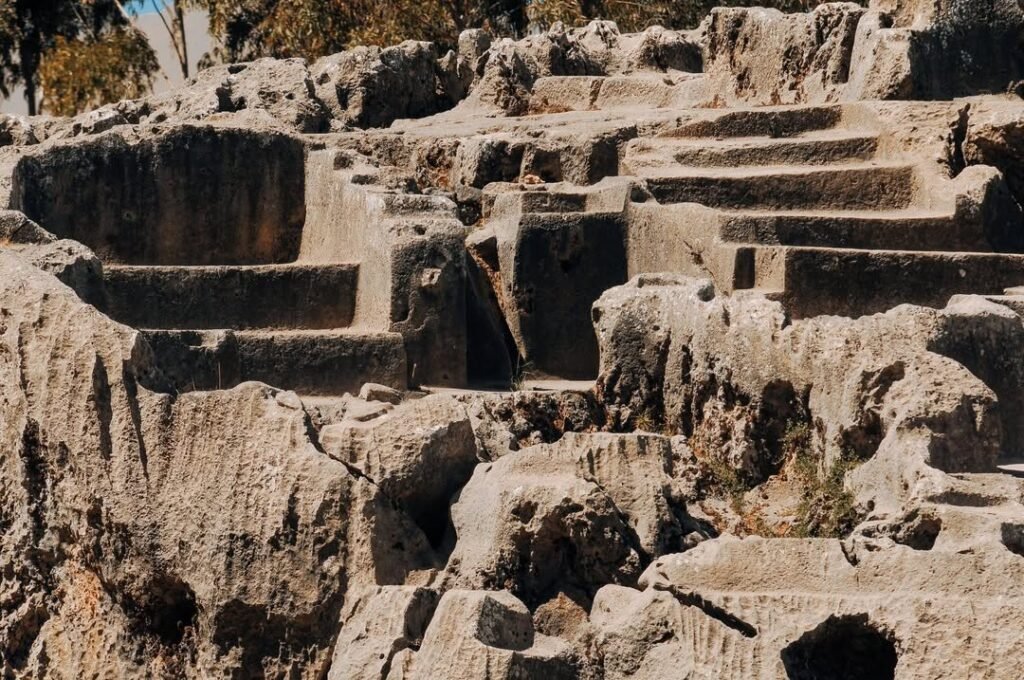
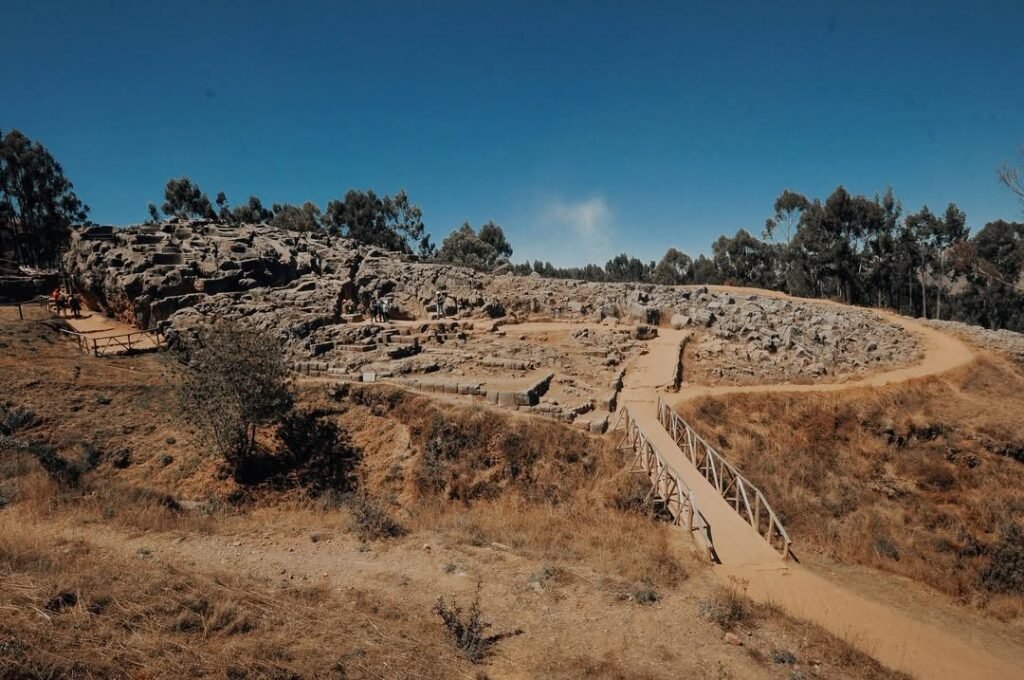
Qenqo’s Connection to Astronomy
Qenqo, a significant archaeological site in the Andes, illustrates the intricate relationship between the Incas and their surrounding cosmos. This remarkable site features structures that indicate a strong focus on astronomical observations and alignments. The Incas meticulously positioned their ceremonial spaces and stone formations to correspond with celestial events, such as solstices and equinoxes. These alignments not only served religious purposes but also played a crucial role in guiding agricultural practices and the development of calendar systems.
The unique carvings and significant stone formations found at Qenqo suggest that the site was utilized for observing solar and lunar phenomena. Specifically, the site’s orientation towards the winter solstice is particularly notable, as it reveals how deeply the Incas understood the seasonal changes that impact agriculture. By tracking these celestial events, the Incas could determine optimal planting and harvesting times, which were essential for the sustenance of their society. This knowledge enabled them to maximize crop yields, thereby stabilizing their economy and ensuring food security.
Furthermore, the astronomical practices at Qenqo highlighted the Incas’ belief in the connection between the heavens and the earth. Many ancient cultures perceived astronomical events as divine signs, and Qenqo served as a ceremonial center where rituals were performed to honor these celestial entities. The integration of astronomy into their daily lives indicates how intrinsic this understanding was to Inca culture. The rituals performed at Qenqo likely included offerings and ceremonies designed to seek favor from the gods, ensuring that the agricultural cycles remained in harmony with celestial rhythms.
Through the lens of astronomy, Qenqo emerges not just as a geological or historical site, but as a pivotal point where science, spirituality, and agriculture intersected in the Inca civilization.


Cultural Legacy of Qenqo
The cultural legacy of Qenqo, an ancient ritual center located in the heart of the Andes, is profound and multifaceted. This site not only served as a focal point for prehistoric ceremonies but has also significantly influenced contemporary Indigenous practices and local traditions. Over the centuries, the practices that originated at Qenqo have been preserved and adapted, reflecting the resilience and continuity of Indigenous cultures.
Historically, Qenqo was an important site for ceremonial rituals, which included music, dance, and religious offerings. The rituals performed at Qenqo revolved around themes of fertility, agriculture, and the veneration of deities, linking the community with the cyclical rhythms of nature. As the Incas expanded their empire, Qenqo became a critical component of their cultural and religious framework, facilitating the synthesis of various local customs. Today, many of these ancient practices remain part of the local folklore and are integral to the cultural identity of Indigenous communities in the region.
Contemporary Indigenous communities continue to celebrate traditional rituals rooted in the historical practices established at Qenqo. Festivals and religious ceremonies often evoke the legacy of the site, infusing modern expressions of spirituality with ancient significance. This melding of the past and present reflects a dynamic cultural landscape where traditional knowledge is passed down through generations, ensuring continuity and adaptation amidst changing circumstances.
Furthermore, stories and myths originating from Qenqo have been woven into the broader tapestry of Andean folklore. These narratives often highlight ethical values, natural phenomena, and societal norms, providing relevant context for current generations. Through storytelling and performance arts, the cultural legacy of Qenqo endures, reinforcing community ties and fostering a sense of belonging among the Indigenous peoples of the Andes.


Archaeological Discoveries at Qenqo
Qenqo, a remarkable archaeological site located in the Peruvian Andes near Cusco, has yielded significant discoveries that enhance our understanding of the Inca civilization. Notably known for its ritual significance, Qenqo has been the focus of extensive archaeological excavations that have unveiled a wealth of artifacts and burial sites, shedding light on the daily life and spiritual practices of the Incas.
Among the most notable findings are intricately carved stones that depict various symbols and figures associated with Inca mythology and cosmology. These carvings, often found within ceremonial chambers, served as both artistic expressions and spiritual markers within the site. The presence of structures specifically designed for rituals indicates that Qenqo was not merely a functional site, but a crucial center for worship and community gatherings, highlighting its importance in the Inca social and religious framework.
Burial sites uncovered at Qenqo have also provided critical insights into Inca funerary practices. Archaeologists have discovered well-preserved remains accompanied by a range of offerings, such as pottery, textiles, and metal objects. These artifacts are illustrative of the beliefs surrounding death and the afterlife held by the Incas, revealing a culture that revered their ancestors and sought to maintain a connection with them through ritualized offerings.
Furthermore, excavations have revealed dietary habits of the Inca population in the area, evidenced by the remains of domesticated plants and animals. This information not only contributes to our understanding of their sustenance but also illustrates the broader agricultural practices that supported a densely populated society. The artifacts and ecofacts found at Qenqo provide a comprehensive view of the Incas’ connection to their environment and highlight the significance of this ritual center within the greater tapestry of Andean history.

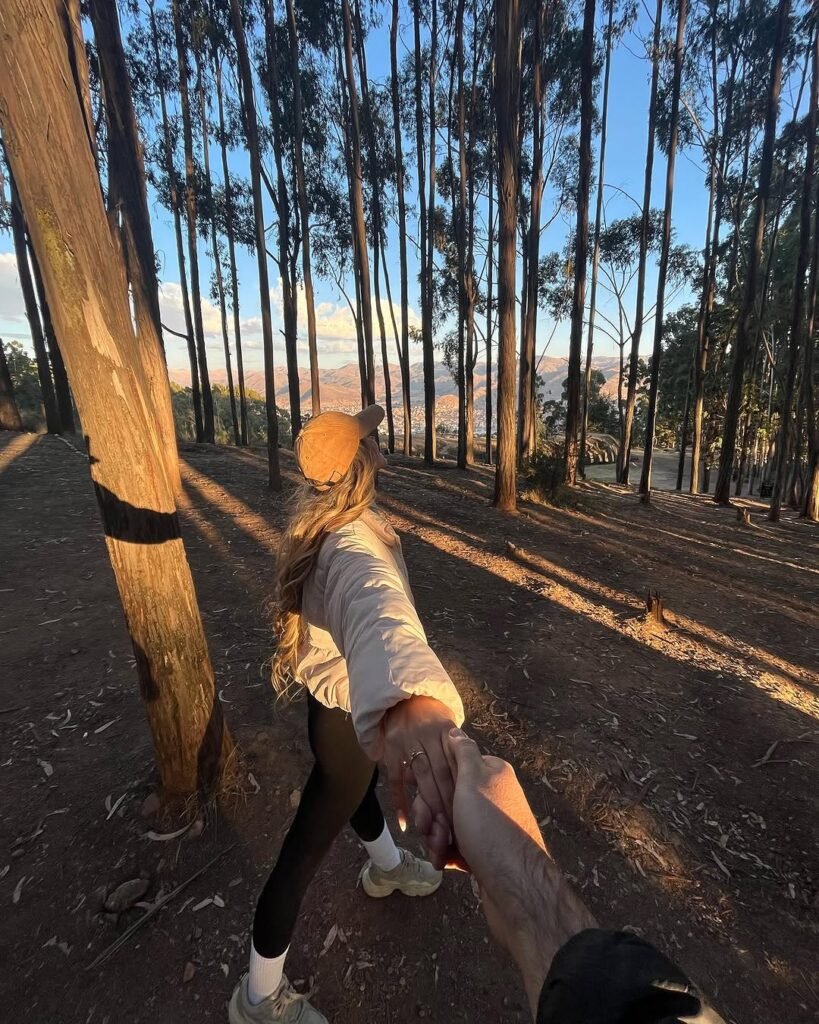
Tourism and Preservation of Qenqo
The archaeological site of Qenqo, situated in the heart of the Andes, attracts numerous tourists eager to connect with its rich cultural heritage and historical significance. As an eminent Inca site, Qenqo features remarkable rock carvings, ceremonial altars, and enigmatic formations that provide a glimpse into ancient customs and practices. However, the increasing influx of visitors poses substantial challenges regarding the preservation of Qenqo’s natural and historical integrity. The delicate balance between promoting tourism and safeguarding the site’s authenticity calls for immediate attention and collaborative efforts.
One of the primary challenges in preserving Qenqo revolves around the potential damage caused by foot traffic and environmental factors. Unregulated tourism can lead to the erosion of sensitive areas and deterioration of carvings and structures. Local authorities are tasked with developing and implementing sustainable tourism policies to address these issues and preserve the site for future generations. Effective measures may include limiting visitor access to certain areas, establishing guided tours, and educating tourists about the cultural importance of Qenqo.
In addition, various local and international organizations are actively working towards the protection of Qenqo’s cultural heritage. Initiatives include restoration projects aimed at repairing damaged structures and enhancing infrastructural support for both locals and visitors. Collaborations with UNESCO and neighboring communities foster awareness and promote preservation techniques that respect the site’s historical context. Moreover, the involvement of academic institutions ensures that ongoing research and conservation methods are based on scholarly analysis and best practices.
In summary, while tourism can potentially fund preservation efforts at Qenqo, it also presents significant challenges that necessitate collaborative approaches. Balancing visitor access with the need to conserve this remarkable site is essential for ensuring its history and heritage remain intact for future generations to experience and appreciate.


Conclusion: The Enduring Spirit of Qenqo
Qenqo, as a significant ritual center in the Andes, embodies the rich cultural heritage and spiritual practices of the Andean civilizations. Its intricate carvings, ceremonial pathways, and astronomical alignments reveal deep connections to indigenous cosmology and religious beliefs that have been preserved over centuries. This site not only served as a physical space for rituals but also shaped the community’s identity, forging a sense of belonging and continuity through traditions that have transcended time.
In modern society, the importance of Qenqo persists, reflecting a broader trend of reconnecting with ancestral roots. As people seek meaning and purpose in their lives, the ancient rituals once performed at Qenqo resonate deeply, inspiring contemporary spiritual practices that emphasize harmony with nature and the cosmos. This rejuvenation of interest highlights the significance of Qenqo, as it serves as a reminder of the wisdom embedded in traditional knowledge systems, encouraging individuals to explore their spiritual identities through the lens of the past.
Moreover, Qenqo continues to attract scholars, tourists, and practitioners alike, contributing to a growing awareness and appreciation of Andean culture. The site functions as a bridge between the ancient and the modern, offering insights into the holistic worldviews held by its early inhabitants. The ongoing reverence for such sites reinforces the notion that the spirit of Qenqo—its ethos, beliefs, and practices—remains vital, shaped by both history and contemporary interpretations.
Ultimately, Qenqo stands as an emblem of endurance, a testament to the cultural identity that has found its voice through centuries of change. As we engage with these ancient sites, we honor not only their historical significance but also their role in shaping current spiritual practices and fostering a deeper understanding of our shared human experience.
